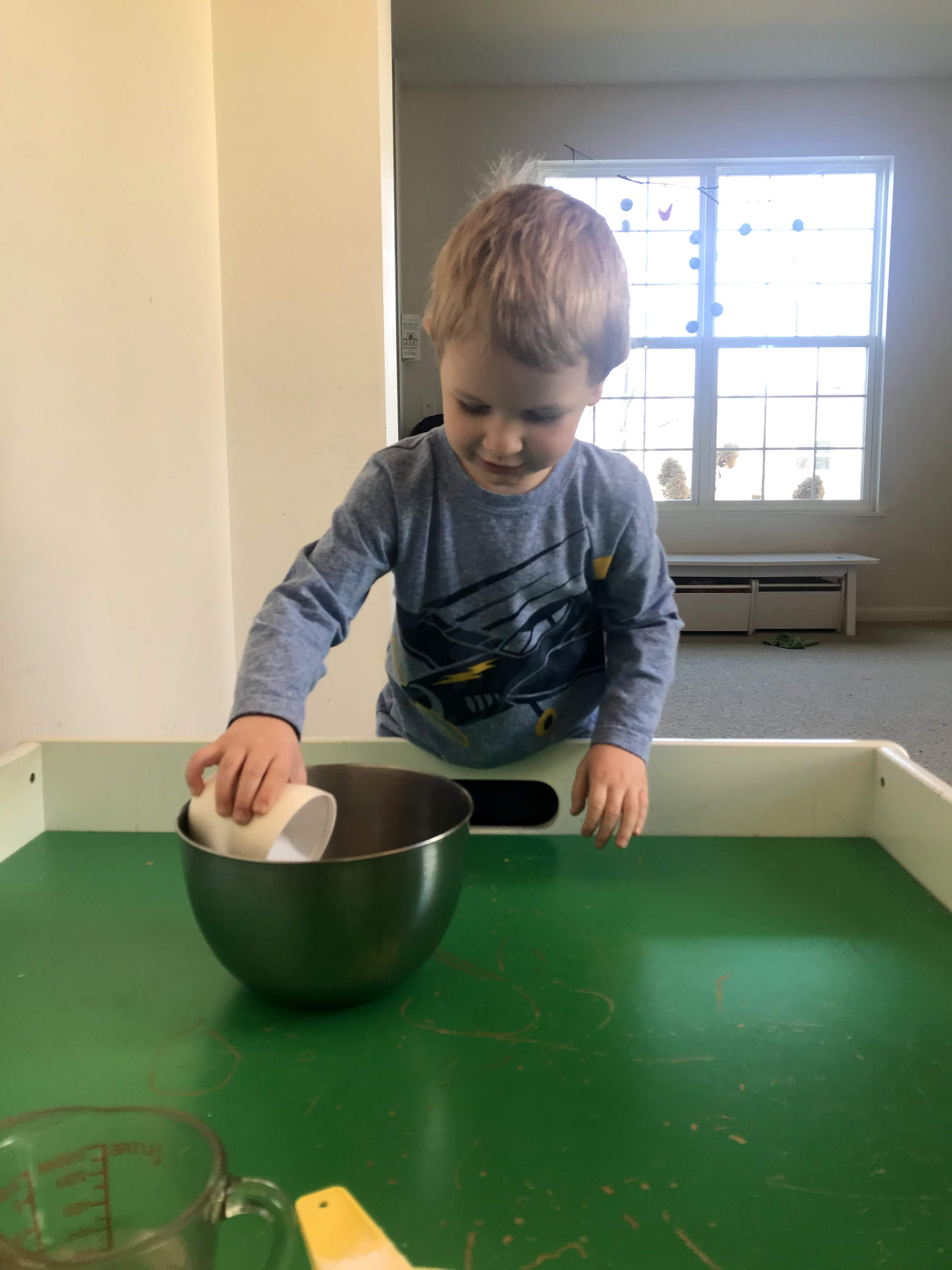PSA- The BEST Ways to Stay Sun Safe This Year!
- Melanie Patric
- Jun 9, 2016
- 3 min read
I hear a burst of giggles and then see water droplets fly as the group of busy two-year-olds make the biggest splash they can. The morning sun is beating down and the children are having a great time playing in the water. Bright beams of late spring sun shine from above the children and reflect off the water below the children, setting the perfect stage for sunburn, but I know they are safe from sunburn because they all have a generous coating of sunblock on.

Do you know exactly what to look for in a sunblock? There are many brands and formulations created specifically for children, but what sunblocks are truly effective and deliver on sun protection? Who tests the products? What exactly is it that makes a great sunscreen great?
Most people are familiar with SPF ratings (sun protection factor), and in the case of children's sensitive skin, one would think that the higher the SPF the better... but that's not necessarily the case.
A product with an SPF of 50 should mean that you can stay in the sun 50 times longer, right? Nope! The SPF factor of a sunscreen is a general guideline, but research has revealed that there are a few main problems that prevent 50+ SPF sunscreens from living up to their ratings:
-The idea that SPF is a measurement of how many times longer a person can stay out in the sun with sunscreen versus without is a misconception. SPF is a measurement of how much UVA/UVB radiation is blocked.
-There isn't actually as much difference between a sunscreen with SPF 50 and SPF 100 as one might think. SPF 50, properly applied, can block 98% of UV rays, while SPF 100 can block 99%.
-Sunscreens with an SPF greater than 50 tempt people to stay in the sun longer than they would with a lower SPF, negating the extra protection.
-Most people do not apply sunscreen properly, usually erring on the side of applying too little. Even if you use SPF 100, if you don't use enough, you may be drastically lowering the effectiveness of the product.
To read more about misconceptions regarding higher SPF products, take a look at the Environmental Working Group (EWG)'s article HERE. Why should you trust the EWG? Because they are, according to their website, "a non-profit, non-partisan organization dedicated to protecting human health and the environment."
So as long as you apply the sunscreen according to the manufacturer's recommendation, your toddler should be safe and sunburn free, right? Unfortunately, not. Here are some reasons why:
- Sunscreen sprays have some of the lowest sunscreen ratings because they are much easier to skimp on and pose inhalation risks.
-Many sunscreens, even those with packaging claiming that they are baby- or kid-friendly, contain oxybenzone, a chemical that gets into the bloodstream and mimics estrogen (which can pose risks later in a child's life) and may trigger skin allergies.
-Still other sunscreens contain retinyl palmitate, a Vitamin A derivative that can cause accelerated development and growth of skin tumors. Kind of counterproductive, right?
So, now that you know so much about sunscreens, which ones are widely available, safe, and extremely effective? Here are five of the EWG's top picks for children's sunscreens:
- Kiss My Face Organics Kids Mineral Sunscreen, SPF 30, available at Amazon HERE
- Badger Kids Sunscreen Cream SPF 30, available at Amazon HERE
- Sunology Natural Sunscreen, Kids, SPF 50, available at Amazon HERE
Hopefully this PSA will help you make it through the summer without any sunburns... but even better, here are five more tips that are just as or even more effective than sunscreen:
- Limit sun exposure to the morning or evening hours when the sun is lower in the sky, generally speaking from sunrise to 10:00 am and 5:00pm to sunset.
- Seek out the shade. Whether it means hanging out under a tree, in the shadow of a building, or creating your own shade with an umbrella or tent, the shade is the place to be!
- Wear clothes! It may seem like a super simple idea, but wearing breathable, natural fiber clothes is probably the easiest way to prevent sunburn.
- Don't forget to wear sunglasses. Your eyes need protection, too!
- Check the UV index for your area. HERE is a link to the US EPA's sun safety UV index.
Stay safe in the sun!

.png)



Comments